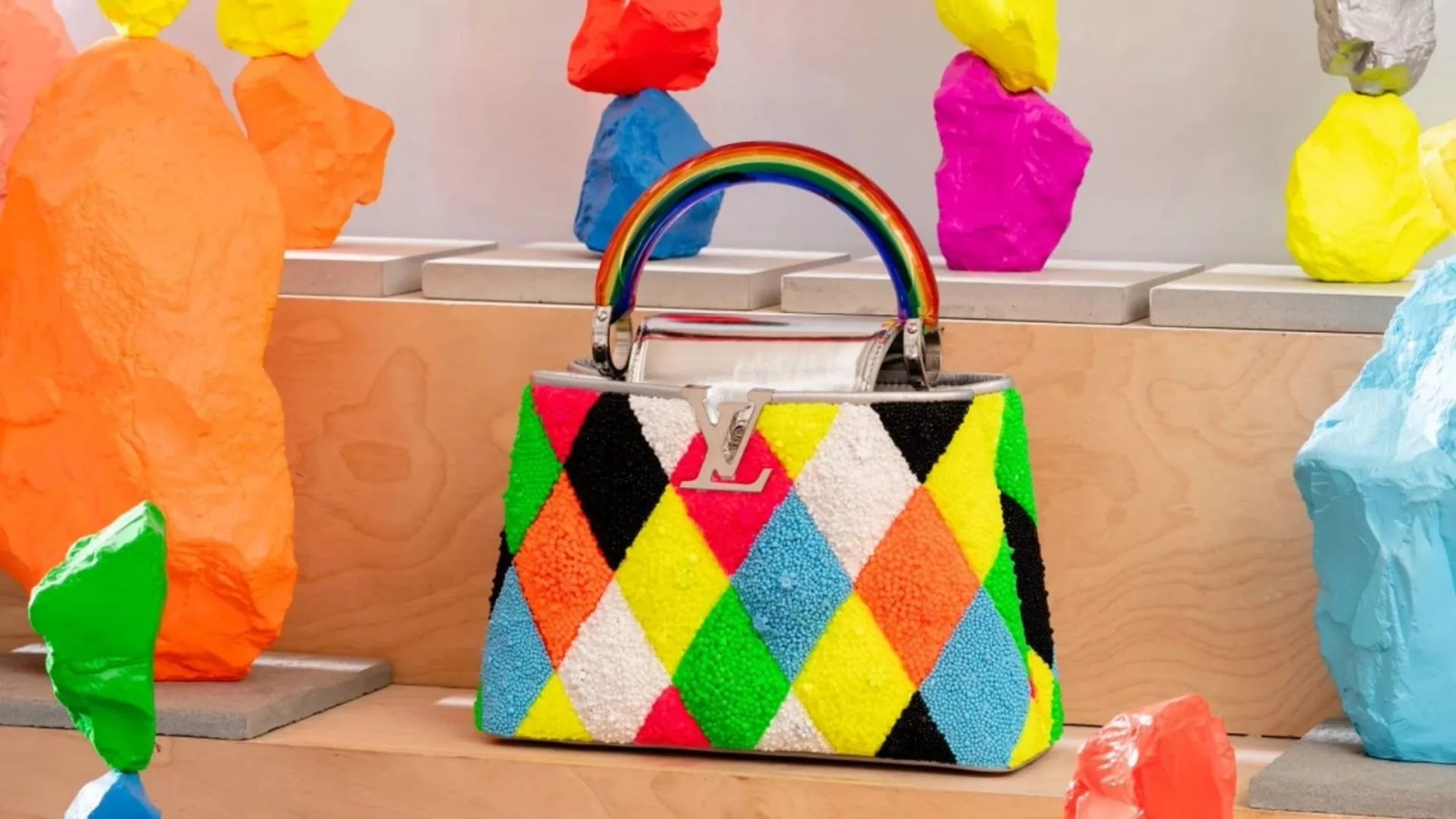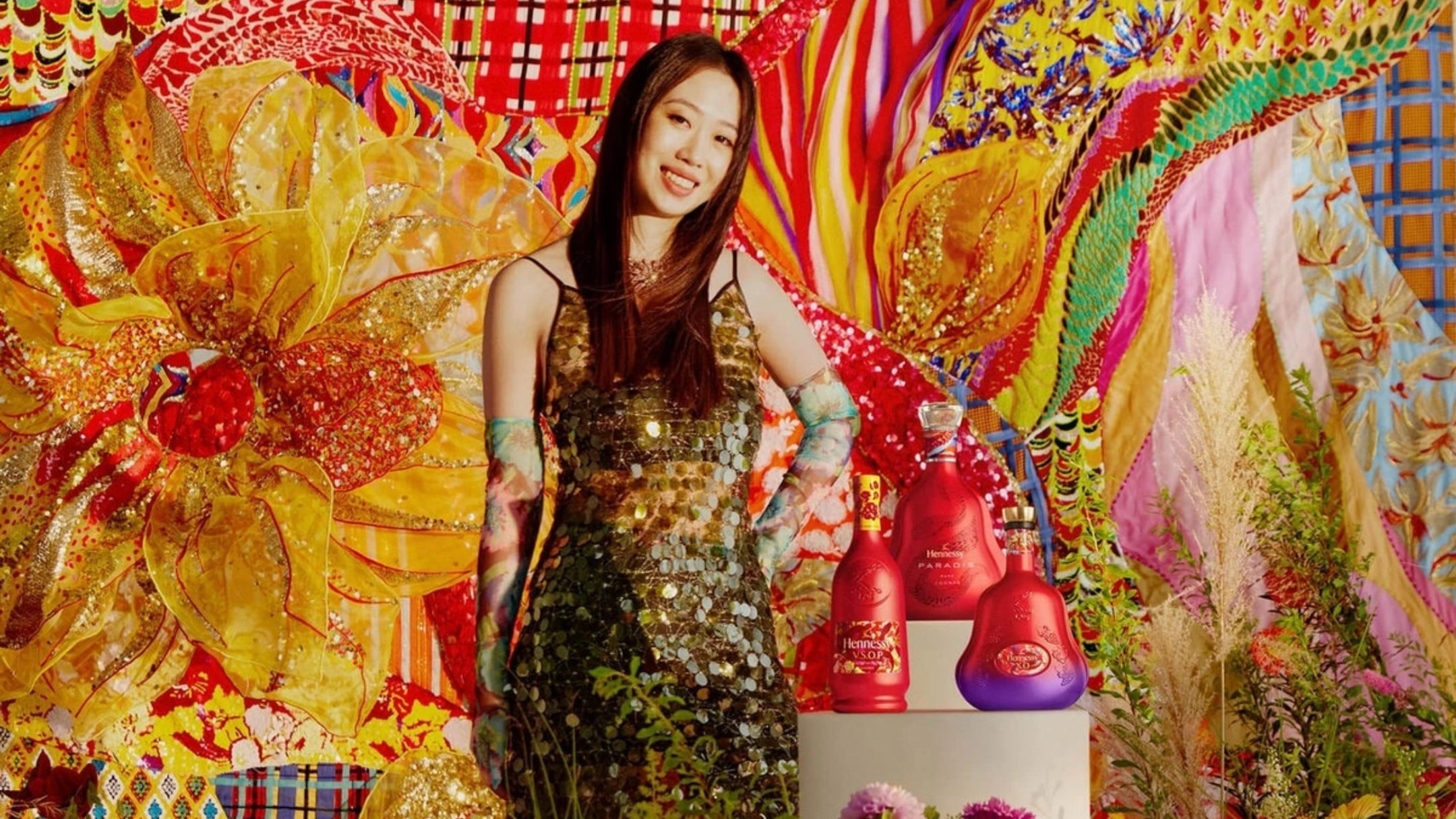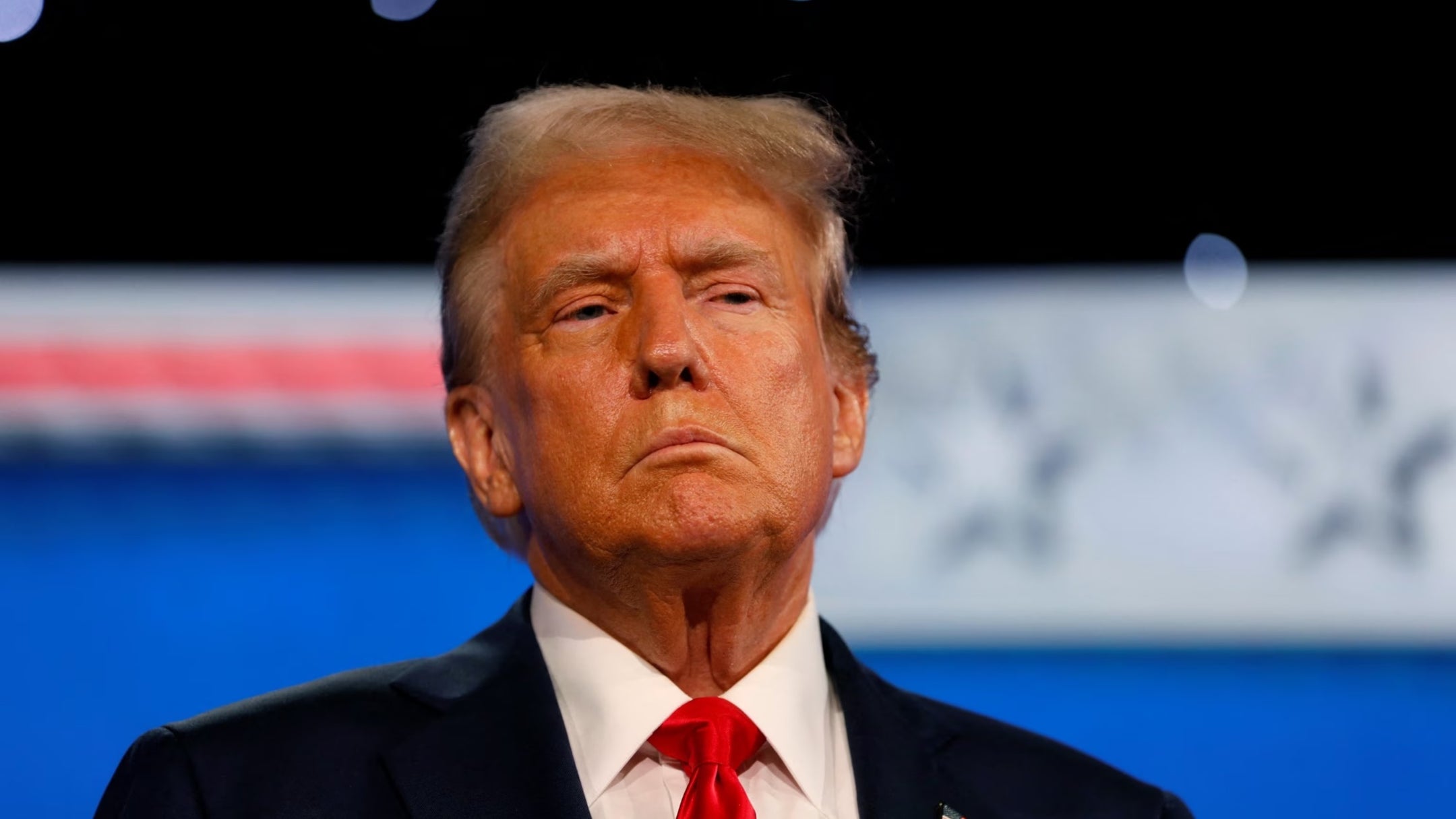Imagine a fashion scene where diverse narratives unfold on every thread, and self-expression isn't a privilege, but a birthright. This isn't some distant utopia; it's the tangible potential waiting to be unlocked by truly serving Black consumers, a segment with immense power and often overlooked potential. A recent McKinsey & Company article, "Unlocking the full potential in fashion for Black consumers," throws open the doors to this vibrant market, illuminating the path towards inclusivity and mutual benefit.
Beyond Dollars and Cents: The Significance of Black Consumer Power
The economic clout of Black consumers is undeniable. Their spending on apparel and footwear is projected to reach a staggering $70 billion by 2030. Yet, beyond the numbers lies a deeper significance. Black consumers crave brands that resonate with their cultural identity, offering products that cater to their unique needs and aspirations. This isn't just a market niche; it's a cultural force waiting to be harnessed. By embracing this segment authentically, fashion brands can unlock not just profits, but deeper connections, brand loyalty, and a vibrant exchange of creativity.
Navigating the Crossroads: Challenges and Opportunities in the Fashion Landscape
The article doesn't shy away from the challenges that persist. Lack of access to capital, limited shelf space, and unconscious bias create hurdles for Black-owned brands. Mainstream brands often struggle to authentically represent Black culture, leading to tokenism and missed opportunities. These challenges demand not just solutions, but a dismantling of systemic inequities and a genuine commitment to inclusivity.
From Inspiration to Action: Strategies for Building Bridges, Not Walls
The article doesn't just diagnose the problem; it prescribes solutions. It outlines four key strategies for fashion brands to embrace:
-
Co-creation and Amplification: Partner with Black-owned brands or invest in innovation that directly addresses Black consumers' needs, like inclusive sizing and culturally relevant designs. Imagine clothing lines designed in collaboration with HBCU fashion programs, or campaigns featuring authentic voices from the Black community.
-
Activating and Engaging the Community: Leverage social media platforms, collaborate with Black influencers, and create spaces for feedback. This isn't just marketing; it's building a dialogue, fostering brand advocacy, and ensuring Black consumers feel seen and heard. Imagine Instagram campaigns driven by Black creators, or online forums where consumers can share their experiences and co-create the future of fashion.
-
Making Fashion Accessible: Offer affordable luxury options and flexible payment methods. Inclusivity shouldn't be limited to high-end segments. Imagine brands partnering with buy-now-pay-later solutions to expand reach, or offering capsule collections designed for accessibility without compromising on style.
-
Building Trust in Black Communities: Actively invest in Black neighborhoods through accessible store locations, inclusive in-store experiences, and data-driven initiatives to track progress and address concerns. Imagine stores designed in collaboration with local communities, or training programs that equip staff with cultural competency.
Shining a Light on Progress: Examples that Inspire
The article doesn't just preach; it showcases real-world examples. From brands collaborating with HBCUs to launch targeted collections, to diverse marketing campaigns featuring Black models and influencers, these efforts demonstrate the positive impact of cultural understanding and inclusivity. Imagine a future where fashion seamlessly reflects the richness of diverse cultures, empowering individuals and driving innovation.
The Call to Action: Weaving a More Inclusive Tapestry
This article serves as a powerful call to action for everyone in the fashion ecosystem. Consumers can support Black-owned brands and hold established brands accountable for their representation. Brands can adopt the outlined strategies and invest in meaningful change. Together, we can create a fashion industry that celebrates individuality, fosters economic empowerment, and unlocks the full potential of all its consumers.
By understanding the significance, challenges, and opportunities presented in this topic, we can move towards a more inclusive and vibrant fashion landscape. Let's use this knowledge not just to explore further, but to contribute to positive change, and ensure that everyone feels welcome and empowered to express themselves through the tapestry of fashion.
Key Statistics on Black Fashion Consumers
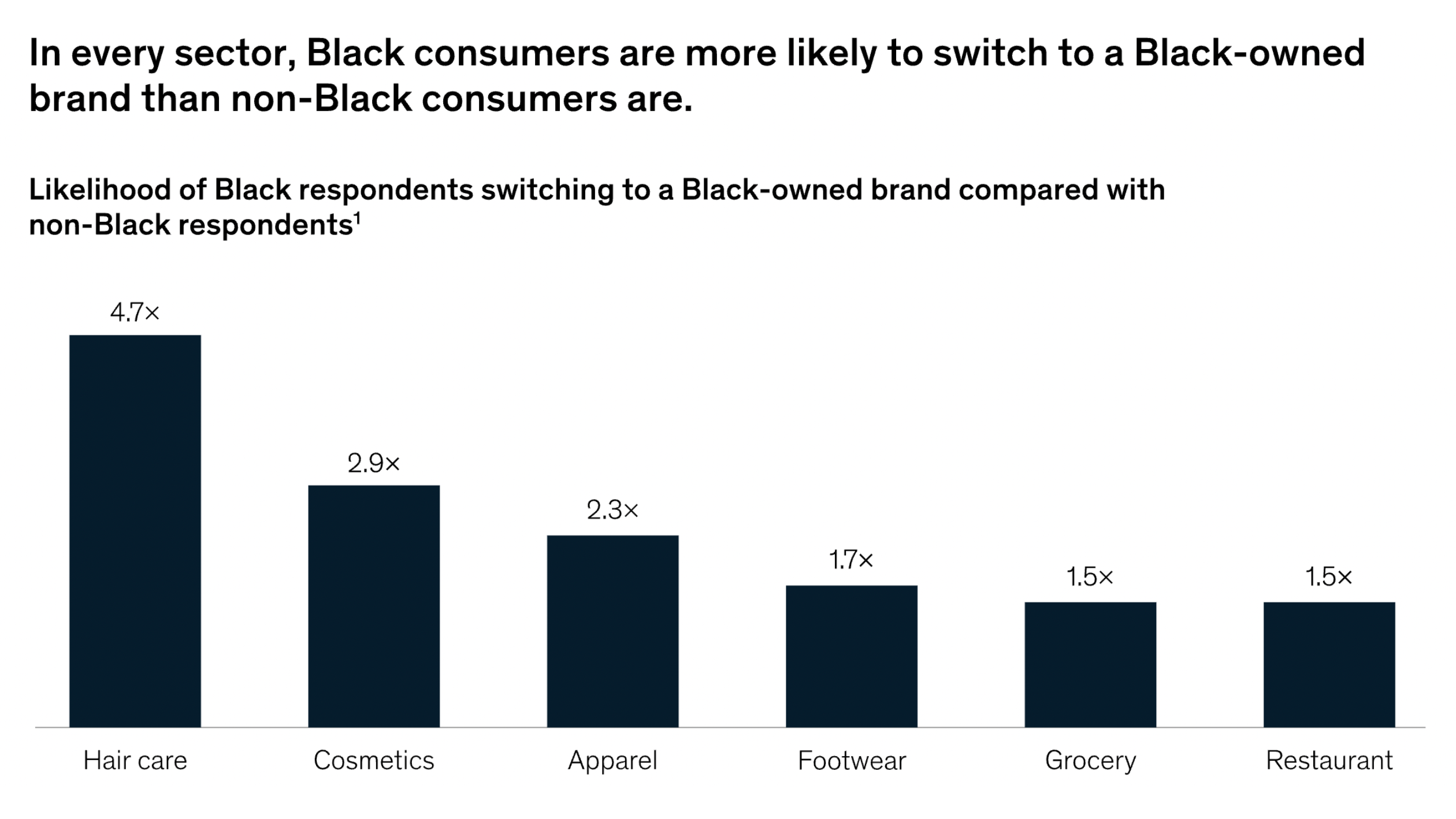
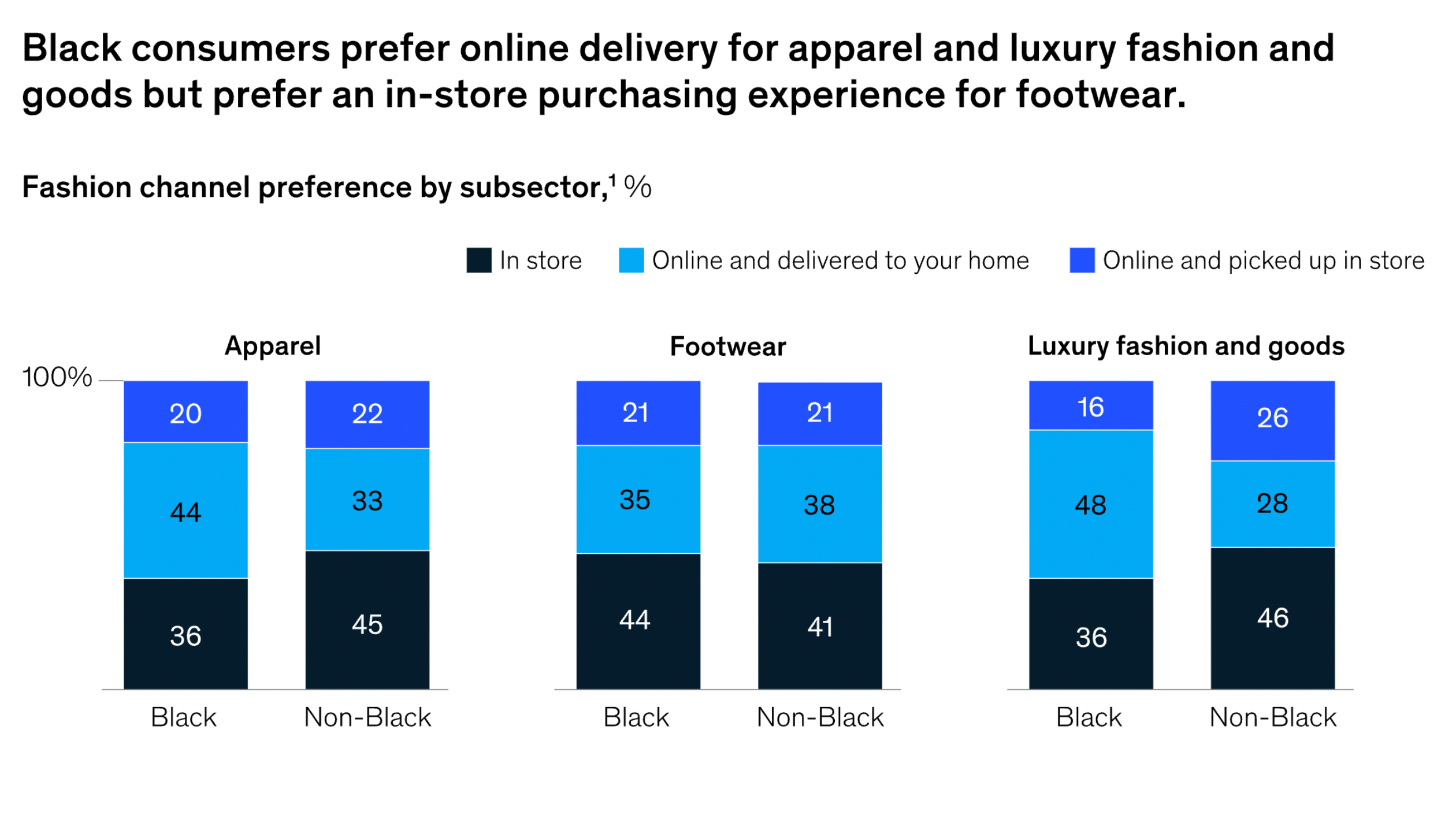
FAQ: Unlocking the Potential of Black Consumers in Fashion
Why is it important to focus on Black consumers in the fashion industry?
Focusing on Black consumers taps into a vibrant, culturally rich market segment with a projected spending power of $70 billion by 2030. By creating products that resonate with their cultural identity and unique needs, brands can foster deeper connections, loyalty, and a dynamic exchange of creativity.
What challenges do Black-owned fashion brands face?
Black-owned brands often encounter hurdles like limited access to capital, shelf space, and unconscious bias. Addressing these challenges requires dismantling systemic inequities and committing to genuine inclusivity in the fashion landscape.
How can fashion brands authentically engage with Black consumers?
Authentic engagement involves co-creation with Black-owned brands, amplifying culturally relevant designs, leveraging social media for genuine dialogue, and ensuring accessibility. Strategies include partnering with HBCUs, collaborating with Black influencers, and creating inclusive sizing and designs.
What are some examples of successful engagements with Black consumers in fashion?
Examples include collaborations with HBCUs to launch targeted collections, marketing campaigns featuring Black models and influencers, and brands offering affordable luxury options. These efforts demonstrate the positive impact of understanding and inclusivity.
How can consumers support Black-owned fashion brands?
Consumers can support Black-owned brands by purchasing their products, advocating for more inclusive representation in mainstream fashion, and holding brands accountable for their diversity and inclusivity efforts.
What strategies can fashion brands adopt to be more inclusive of Black consumers?
Brands can partner with Black-owned businesses, invest in culturally relevant product innovation, activate community engagement through social media, offer accessible luxury options, and build trust through inclusive store experiences and community investment.
What is the significance of cultural representation in fashion?
Cultural representation in fashion is crucial for fostering a sense of belonging and empowerment among consumers. It enables individuals to see themselves reflected in the brands they support and contributes to a more vibrant and innovative industry.
Can making fashion more inclusive benefit brands economically?
Yes, embracing inclusivity opens up new market segments, enhances brand loyalty, and drives innovation. Catering to the diverse needs and preferences of Black consumers not only fulfills a social responsibility but also unlocks significant economic potential.
How does inclusivity in fashion influence brand perception?
Inclusivity in fashion significantly improves brand perception by showcasing a commitment to diversity, equity, and representation. Brands that actively embrace inclusivity are seen as more authentic, progressive, and socially responsible, which can attract a broader, more loyal customer base.
What role does social media play in promoting inclusivity in fashion?
Social media is a powerful tool for promoting inclusivity, allowing brands to engage directly with diverse audiences, amplify the voices of Black creators and influencers, and showcase their commitment to diversity through content. It also provides a platform for feedback and community building, enabling brands to better understand and meet the needs of Black consumers.
How can fashion brands track their progress towards inclusivity?
Brands can track their progress by implementing data-driven initiatives, such as customer surveys, diversity audits, and inclusivity metrics. Regularly reviewing these metrics helps brands assess their efforts, identify areas for improvement, and make informed decisions to enhance their inclusivity practices.
Why is co-creation with Black-owned brands and designers important?
Co-creation fosters innovation, enriches product offerings with authentic cultural insights, and supports economic empowerment within the Black community. It also helps mainstream brands avoid tokenism by ensuring that products and campaigns are genuinely representative and culturally relevant.
How can fashion brands ensure their marketing campaigns are inclusive?
Ensuring inclusive marketing campaigns involves more than just diverse casting; it requires a holistic approach that includes listening to and incorporating feedback from Black consumers, highlighting stories and experiences from the Black community, and ensuring that campaign messaging aligns with the brand's actions and values.
What impact does accessible luxury have on the fashion industry?
Accessible luxury democratizes fashion, allowing a broader audience to participate in and enjoy high-quality, stylish products. This approach can help dismantle the economic barriers to fashion, making it more inclusive and enabling brands to reach underserved markets.
How does cultural competency training benefit retail staff and customers?
Cultural competency training equips retail staff with the knowledge and skills to interact respectfully and effectively with customers from diverse backgrounds. This not only enhances the shopping experience for Black consumers but also fosters an inclusive environment where all customers feel welcomed and valued.




